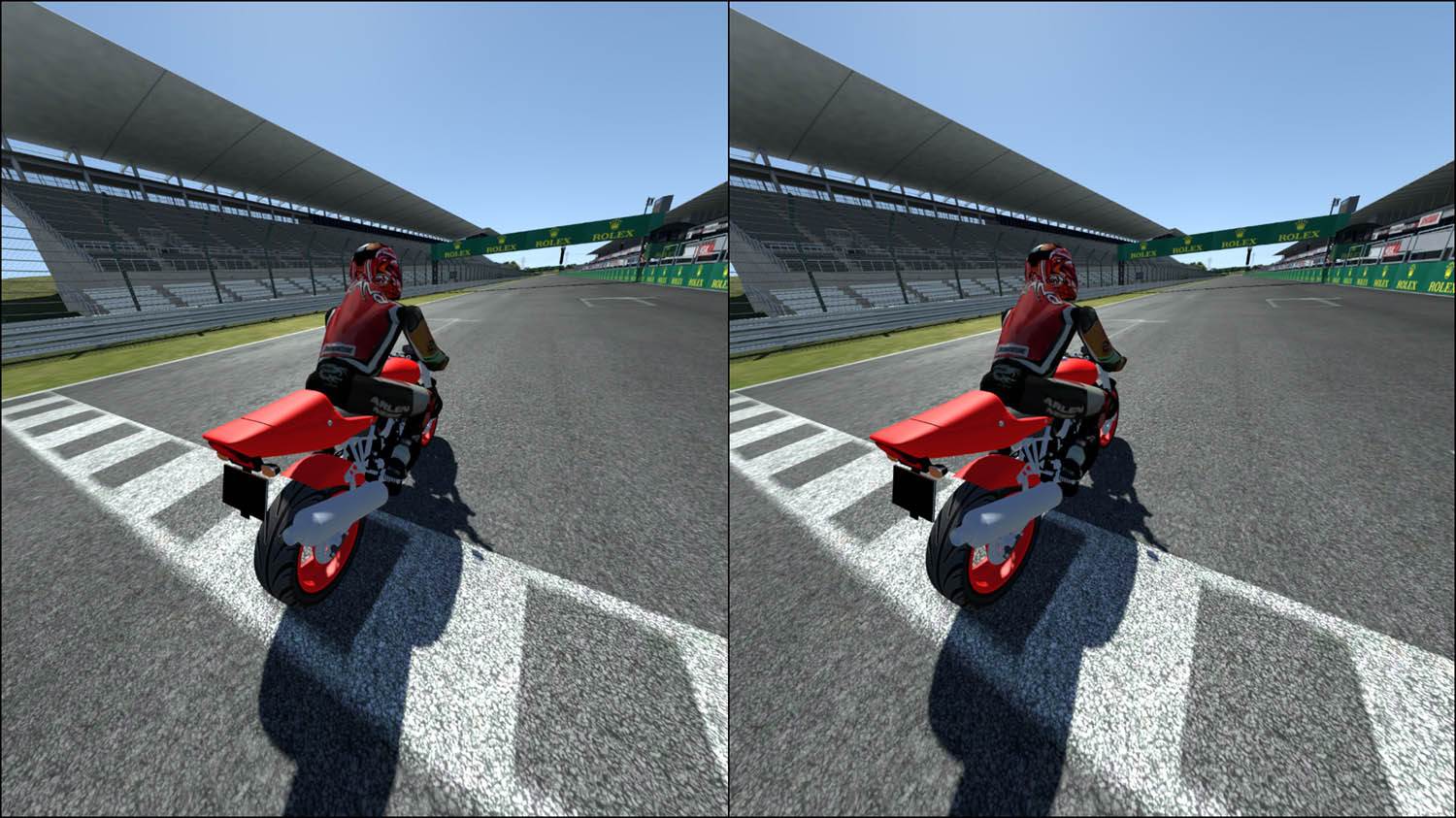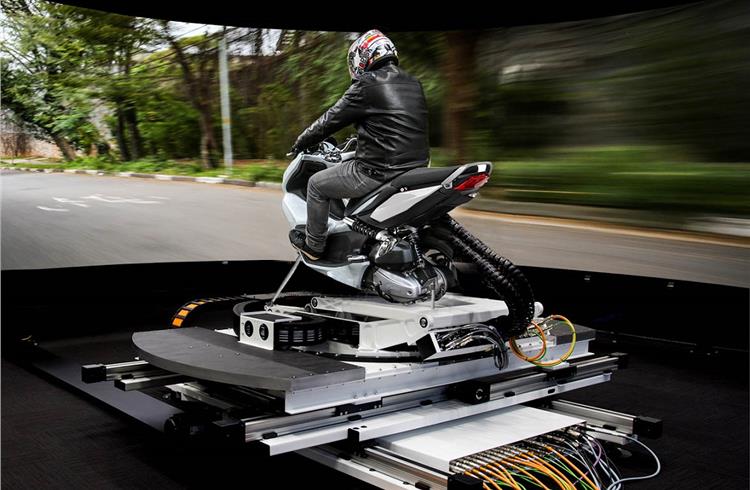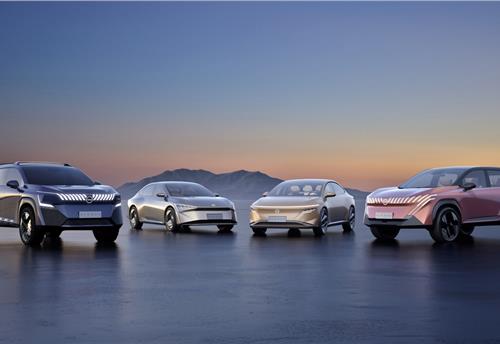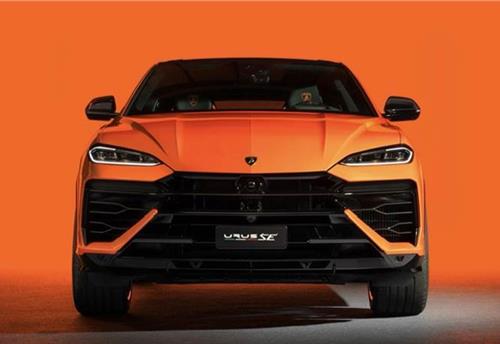Ground-breaking dynamics grade motorcycle simulator enables Driver-In-The-Loop testing
rFpro is supplying simulator software to power the world’s first vehicle dynamics grade DIL simulator for a motorcycle application.
UK specialist software company rFpro is supplying simulator software to power the world’s first vehicle dynamics grade DIL simulator for a motorcycle application. The technology allows manufacturers to evaluate alternative chassis configurations using riders with different styles and ability levels in a controlled, safe environment, with unprecedented repeatability.
The company’s simulator software has previously been used on everything from F1 cars to commercial vehicles but the motorcycle application raised new challenges, according to the company’s technical director, Chris Hoyle.
“Simulating the dynamics of a motorcycle accurately is incredibly challenging due to the mobility of the rider and the unique steering characteristics of the vehicle,” said Hoyle. “By working alongside a motorcycle manufacturer to create our technology, we have been able to develop and validate solutions to these hurdles and so enable DIL simulation to significantly reduce development time and cost.”
Major differences arise between motorcycle applications and other vehicles, because of the completely different steering dynamics and the freedom of the rider to move around on the machine. In a car, the steering angle is an input from the driver and the steer torque is fed back to him as a system output.
On a motorcycle the opposite happens; the rider applies a steering torque to the handlebars and the vehicle model calculates the appropriate steering angle for the front wheel.

Left and right eye virtual reality output from rFpro.
Benefits of DIL simulation
Hoyle also explained how the greater field of vision available to a motorcyclist influences the performance required from the graphics system. “A car driver is restricted by the windows, bonnet and roofline; he can look around freely, but only upwards and downwards through a range of 20-30 degrees. The motorcycle rider can look anywhere, even down at the road surface, and once banked into a turn, because the rider is still upright on the motion platform, the horizon must be banked over to provide the correct visual cues.”
Despite the differences in the behaviour of a motorcycle to a car or truck, the benefits of DIL simulation are just the same; confirming the vehicle’s behaviour in a virtual environment. This can include the safe and repeatable exploration of limit handling; the controlled evaluation of alternative chassis configurations using riders with different styles and ability levels; and the facility to compare the machine’s behaviour around existing test tracks and circuits without shipping physical prototypes, and personnel, to various locations. Testing can also proceed all year round without interruption from variable weather conditions.
The ground-breaking application is being developed for a confidential customer by system integrator Ansible Motion and, in addition to the simulator software, rFpro is supplying a number of digital test track models to enable direct comparison with existing physical data.
RELATED ARTICLES
Kia displays EV5 and Sonet SUVs for Chinese market
Kia has unveiled a number of key models and new technologies for Chinese customers at the 2024 Beijing International Aut...
Nissan targets growth in China, unveils four NEV concepts at Beijing Motor Show
The two EVs and two plug-in hybrids are a joint effort with Nissan’s local partner Dong Feng and aimed to better address...
Lamborghini unveils Urus SE ahead of Auto China 2024
Electric-only range of 60km helps reduce emissions by 80%.





 By Autocar Pro News Desk
By Autocar Pro News Desk
 16 Mar 2017
16 Mar 2017
 12299 Views
12299 Views









